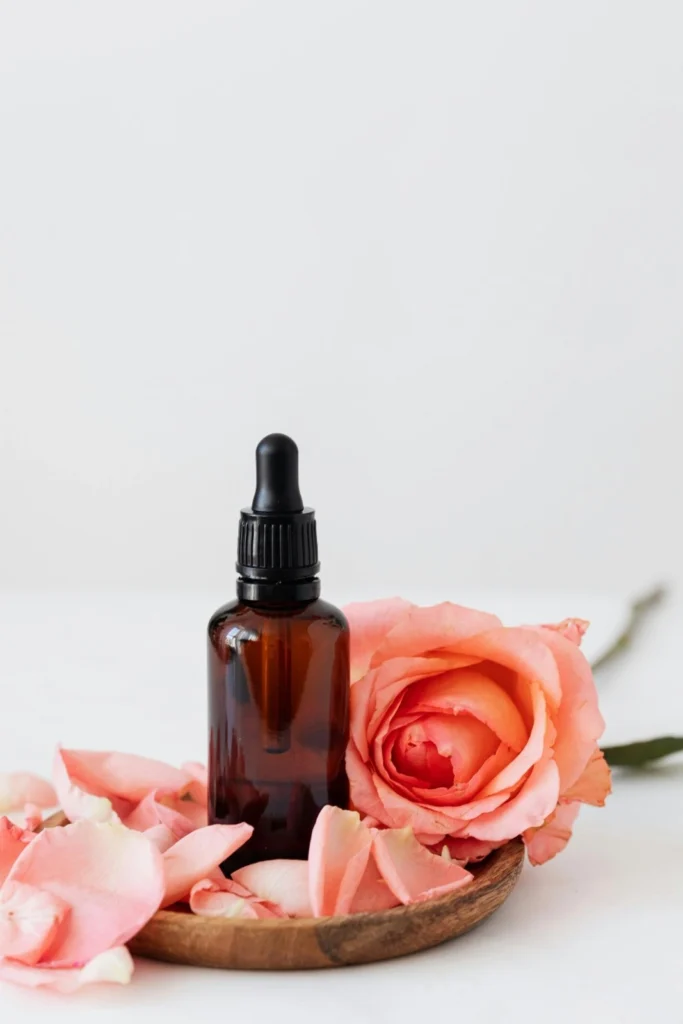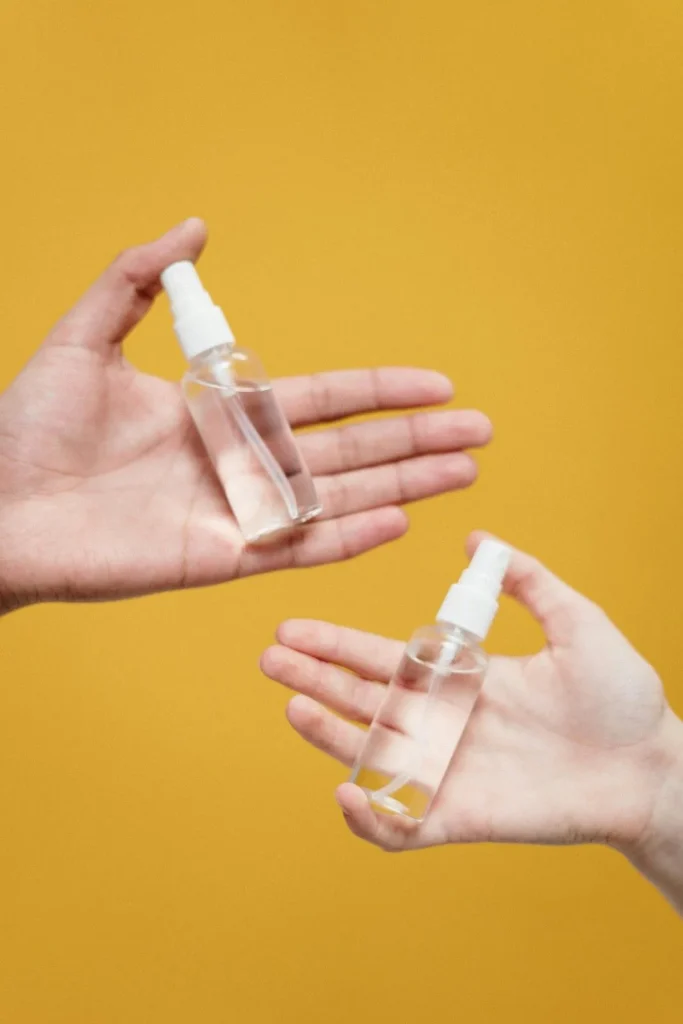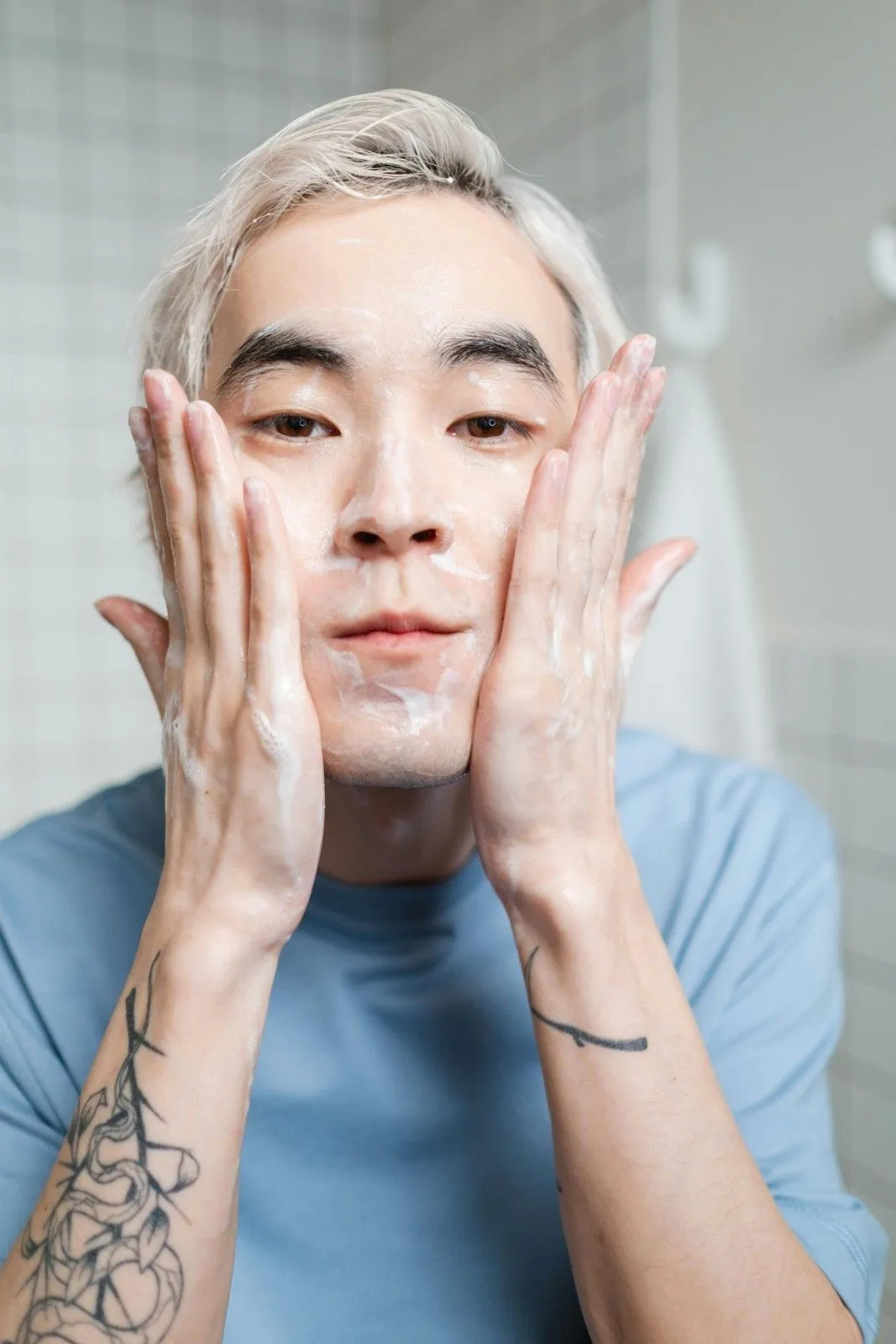Introduction
When it comes to skincare in India, two ingredients are always at the center of discussion: Niacinamide and Hyaluronic Acid. Both are powerhouse actives, but they target skin issues differently. If you’ve ever wondered “Niacinamide vs Hyaluronic Acid – which one should I use?”, you’re not alone.
In this guide, we’ll break down the differences, benefits, and best ways to use these serums in 2025, especially for Indian men and women with oily, dry, or sensitive skin. By the end, you’ll know which serum to pick—or whether you actually need both in your skincare routine.
What is Niacinamide?
Niacinamide, also known as Vitamin B3, is a water-soluble vitamin that works to:
- Regulate oil production (great for oily & acne-prone skin).
- Reduce dark spots and pigmentation.
- Minimize the appearance of large pores.
- Strengthen skin’s protective barrier.
- Soothe redness and irritation.
Best For:
- Oily skin
- Acne-prone skin
- Uneven skin tone
- Pigmentation problems
Popular Niacinamide Serums in India (2025):
- Minimalist 10% Niacinamide Serum
- The Ordinary Niacinamide 10% + Zinc 1%
- Plum 5% Niacinamide Face Serum
What is Hyaluronic Acid?
Hyaluronic Acid (HA) is a hydration magnet. It’s naturally found in our skin and can hold up to 1000 times its weight in water.
Key Benefits:
- Intense hydration for dry and dehydrated skin.
- Smooths out fine lines and wrinkles.
- Gives a plump, fresh look.
- Works well for sensitive skin.
Best For:
- Dry or dehydrated skin
- Sensitive skin
- Early signs of aging
- Skin exposed to pollution and sun damage
Popular Hyaluronic Acid Serums in India (2025)
- L’Oréal Paris Revitalift 1.5% Hyaluronic Acid Serum
- Dot & Key Hydrating Hyaluronic Serum
- The Derma Co 2% Hyaluronic Acid Serum

Niacinamide vs Hyaluronic Acid: The Key Differences
| Feature | Niacinamide | Hyaluronic Acid |
|---|---|---|
| Main Function | Oil control, reduce pigmentation, acne care | Deep hydration, plumping, anti-aging |
| Best For | Oily, acne-prone, pigmented skin | Dry, dehydrated, sensitive skin |
| Texture | Lightweight, water-based | Lightweight, slightly sticky |
| Can They Be Used Daily? | Yes (start with 5%) | Yes (safe for daily use) |
| Can They Be Combined? | Yes, very effective together | Yes, boosts Niacinamide results |
Which Should You Use First?
This is the big question: Niacinamide or Hyaluronic Acid first?
- Hyaluronic Acid is best applied immediately after cleansing when skin is still slightly damp. It locks in hydration.
- Niacinamide can be layered after HA, as it helps control oil and strengthen skin barrier.
👉 For maximum benefits:
- Cleanser
- Toner (optional)
- Hyaluronic Acid Serum
- Niacinamide Serum
- Moisturizer
- Sunscreen (AM routine)
Niacinamide vs Hyaluronic Acid for Oily Skin
Oily skin is very common in India due to our humid climate.
- Niacinamide: Excellent because it controls sebum and reduces enlarged pores.
- Hyaluronic Acid: Still important because oily skin can be dehydrated too. Hydration prevents excess oil production.
- Oily skin is very common in India due to our humid climate. Niacinamide helps control sebum and reduces enlarged pores. Meanwhile, Hyaluronic Acid ensures hydration without making the skin greasy. For a curated list of effective options, check out our guide on best face serums for oily skin
Best Choice: Start with Niacinamide, but combine with HA if skin feels tight or dehydrated.
Niacinamide vs Hyaluronic Acid for Dry Skin
- Niacinamide: Strengthens barrier and prevents water loss.
- Hyaluronic Acid: Provides deep hydration and plumping effect.
Best Choice: Hyaluronic Acid should be your first pick, with Niacinamide added later for barrier support.
Niacinamide vs Hyaluronic Acid for Sensitive Skin
Sensitive skin often reacts to strong actives like retinol or acids.
- Niacinamide: Calms redness and strengthens barrier, but keep concentration at 5%.
- Hyaluronic Acid: Gentle and soothing, great for sensitive skin.
Best Choice: Hyaluronic Acid as a base, with low-strength Niacinamide if needed.
Can You Use Niacinamide and Hyaluronic Acid Together?
Yes! In fact, they are considered a power duo.
- HA hydrates the skin.
- Niacinamide locks that hydration in and strengthens the barrier.
Many dermatologists in India recommend layering both for oily, acne-prone, or combination skin.
Common Mistakes to Avoid
- Using too high a concentration of Niacinamide (stick to 5% if you’re a beginner).
- Not sealing Hyaluronic Acid with a moisturizer—it can backfire and dry out your skin.
- Mixing with too many other actives (like strong acids + retinoids) without guidance.
- When combining actives, it’s important to know which ingredients work well together. For example, Niacinamide can complement Vitamin C, but timing and formulation matter. Learn more in our detailed comparison: Vitamin C vs Niacinamide
Expert Tips for Indian Skin in 2025
- Always use sunscreen if you’re applying Niacinamide or HA in the morning.
- In hot, humid weather (like Chennai, Mumbai, Kolkata), a gel moisturizer + HA + Niacinamide works best.
- In dry climates (like Delhi winters), cream moisturizer + HA + Niacinamide gives better results.
- For men who shave daily, Niacinamide is great to reduce irritation and redness.
Final Verdict: Niacinamide vs Hyaluronic Acid
- If you have oily, acne-prone, pigmented skin → Start with Niacinamide.
- If you have dry, dehydrated, sensitive skin → Start with Hyaluronic Acid.
- For most people, using both together gives the best long-term results.
So instead of Niacinamide vs Hyaluronic Acid, think of it as Niacinamide + Hyaluronic Acid.
Understanding your skin type and the role of active ingredients is the first step to building an effective skincare routine. For more tips from dermatologists on everyday skin care, check out American Academy of Dermatology’s guide
Common Myths and FAQs About Niacinamide and Hyaluronic Acid
Myth 1: You cannot use Niacinamide and Hyaluronic Acid together
This is one of the biggest misconceptions. In reality, both ingredients complement each other beautifully. Hyaluronic Acid hydrates the skin, while Niacinamide strengthens the skin barrier and reduces inflammation. When used together, they improve skin texture, hydration, and overall glow.
Myth 2: Niacinamide always causes purging
Many people think Niacinamide will automatically lead to purging or breakouts. This is not true for most users. Purging usually happens when strong exfoliants like retinoids or acids speed up cell turnover. Niacinamide is gentle and well-tolerated, though a small percentage of users may experience mild irritation at first.
Myth 3: Hyaluronic Acid is only for dry skin
Hyaluronic Acid is known for hydration, but that doesn’t mean oily or combination skin types should avoid it. In fact, HA helps balance oil production by keeping skin hydrated, which reduces excess sebum. For Indian men and women living in humid climates, a lightweight HA serum is an excellent choice.

FAQs
Q1. Can I use Niacinamide and Hyaluronic Acid daily?
Yes. Both are gentle enough for daily use, morning and night.
Q2. Which one should I apply first?
Always apply Hyaluronic Acid serum first on damp skin, then follow up with Niacinamide. This locks in hydration and strengthens your barrier.
Q3. Are these ingredients safe for sensitive skin?
Generally, yes. Start with lower concentrations (2–5% Niacinamide, 1–2% HA) and patch test before full use.
Q4. Which is better for acne scars?
Niacinamide works better for fading acne scars and dark spots, while Hyaluronic Acid mainly hydrates and plumps.
Conclusion
Choosing between Niacinamide and Hyaluronic Acid depends on your skin type and skin concerns. For Indian men and women dealing with oily skin, pollution, and sun exposure, these two ingredients are must-haves. Instead of picking one, try combining them for stronger results in 2025.
Whether you buy a budget-friendly serum like Minimalist or a premium option like L’Oréal Revitalift, consistency matters more than price. With the right layering, Niacinamide + Hyaluronic Acid = healthy, glowing, balanced skin.




